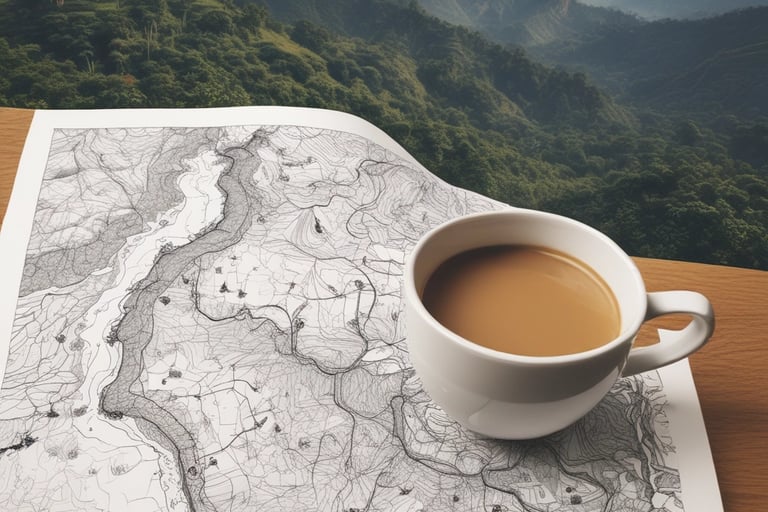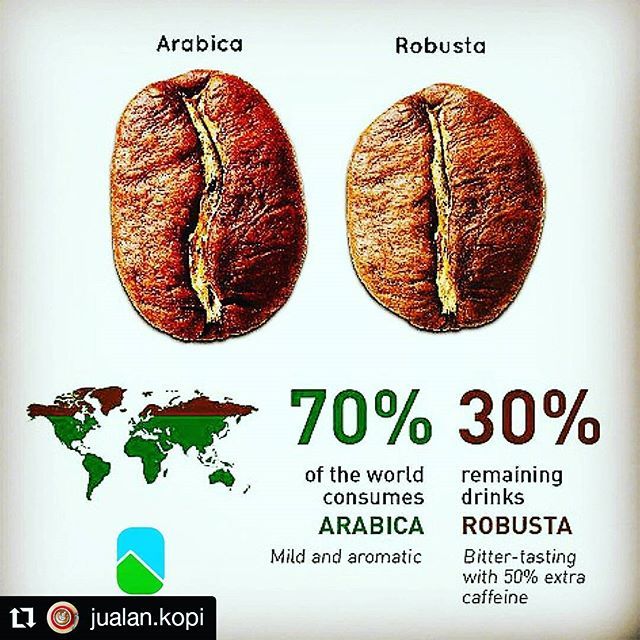Discover our mountain coffee, enjoy discounts!
Exploring the Sensory Profiles of Coffee: A Flavor Journey
7/15/20252 min read


Understanding Coffee Flavor Profiles
Coffee is more than just a beverage; it's an experience that engages the senses. A coffee flavor profile refers to the specific taste characteristics and aromas that distinguish one coffee from another. These profiles are influenced by various factors such as the coffee variety, origin, processing method, and roasting level. By understanding these nuances, coffee lovers and baristas can appreciate the rich tapestry of flavors that each cup brings.
Differentiating Between Varieties: Arabica vs. Robusta
Two of the most popular coffee varieties are Arabica and Robusta. Arabica beans are known for their smooth, complex flavors and higher acidity, often exhibiting notes of chocolate, fruit, and floral undertones. In contrast, Robusta is characterized by a stronger, harsher taste, often described as earthy or nutty, with a higher caffeine content. Understanding these differences is crucial for those seeking to explore various flavor profiles, enriching their overall coffee experience.
Unique Tasting Notes to Discover
The world of coffee tasting is vast, with various flavor combinations waiting to be explored. Common tasting notes include:
Chocolate: Often found in medium-roasted beans, providing a rich and decadent flavor.
Fruity: Bright and vibrant notes, such as berries or tropical fruits, typically shine in lighter roasts.
Floral: Delicate scents reminiscent of jasmine or lavender are often present in high-quality Arabica coffees.
Citrusy: These bright flavors may remind drinkers of lemon or orange and often shine in African coffees.
Spicy: Notes reminiscent of spices can be found in some Indonesian coffees.
Nutty: These flavors can stem from the origin or processing techniques used, adding to the richness of the coffee.
Each cup of coffee can tell a story of its origins and characteristics, leading to a diverse array of sensory experiences.
The Impact of Terroir and Processing Techniques
Terroir, a French term used to describe the environment where a coffee is grown, plays a significant role in shaping its flavor profile. Factors such as altitude, soil type, and climate contribute uniquely to each coffee's character. Additionally, the processing method—whether washed, natural, or honey-processed—further influences the flavor. For example, washed coffees tend to have a cleaner taste, while natural coffees often carry fruitier notes.
Showcasing Unique Coffee Profiles
Some coffees are celebrated for their exceptional flavor profiles. The Panamanian Geisha, for instance, is renowned for its floral and jasmine notes, often considered one of the finest coffees in the world. On the other hand, Brazilian Bourbon offers a sweet and nutty flavor, making it a delightful choice for coffee enthusiasts. With each cup, these coffees reveal how diverse and intricate the world of coffee can be.
In conclusion, delving into the sensory profiles of coffee opens up a world of flavor possibilities. As you explore different varieties and origins, you will develop a deeper appreciation for the unique notes each cup has to offer. Happy tasting!



